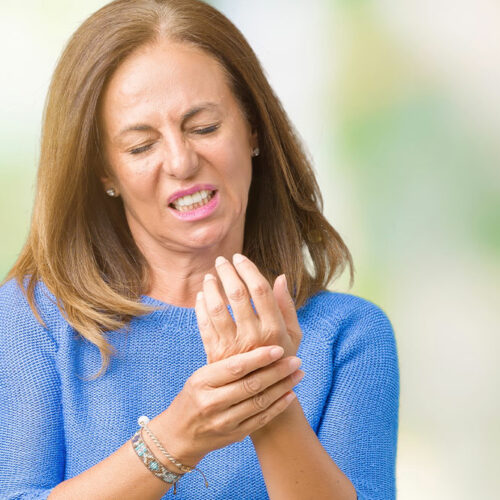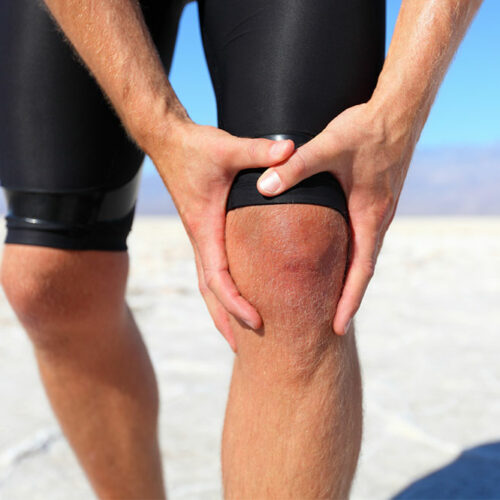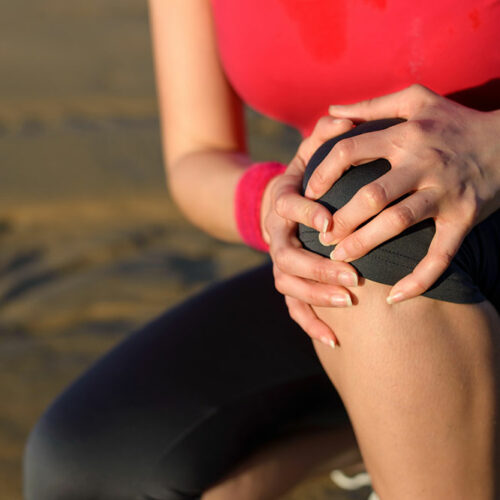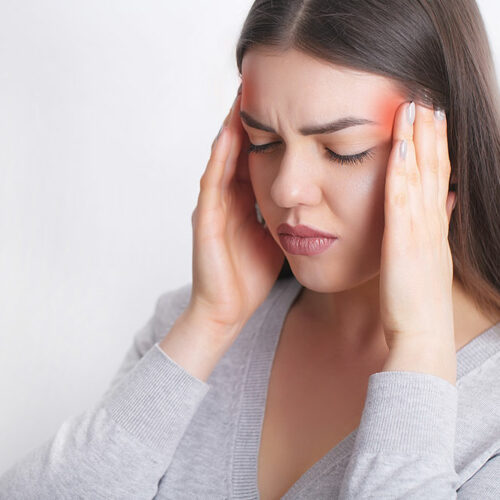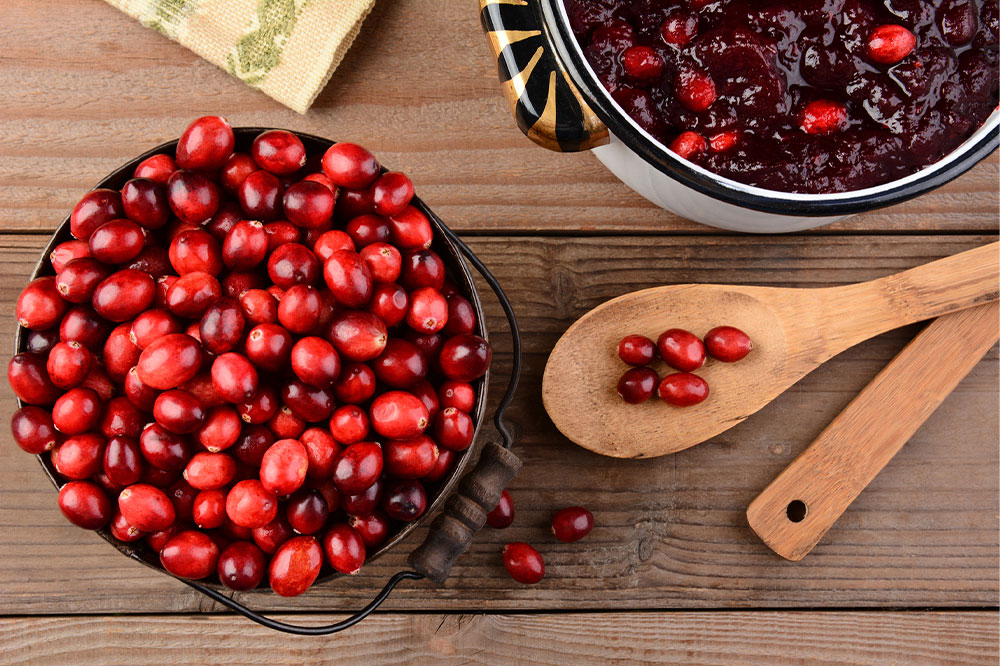5 bad habits that can worsen knee pain

There are various causes of knee pain. For instance, landing incorrectly after a jump can twist your knee, ripping the tendons, cartilage, and muscles. Sometimes it is because of a disease like osteoarthritis, which typically causes long-term wear-and-tear of the knee. Whatever the reason, knee pain can be terrible, preventing you from performing daily chores. This article lists five bad habits that could be making your knee pain even worse. Sitting for long periods Those who suffer from knee pain do not wish to stress it too much. But sitting for a longer time or resting a lot can weaken the muscles, making your knee pain worse. So, figure out how to get going without harming your knee. A few activities for managing knee pain are swimming and water aerobics. Strain from excess body weight Every extra pound of body weight puts additional strain on your joints. Shedding this weight takes the pressure off your knees, relieving aches and pains and reducing your risk of arthritis. You do not need to lose 50 pounds in a day. Losing as little as five percent of body weight is a good start. Eat lots of fresh vegetables and fruits and stay active.
